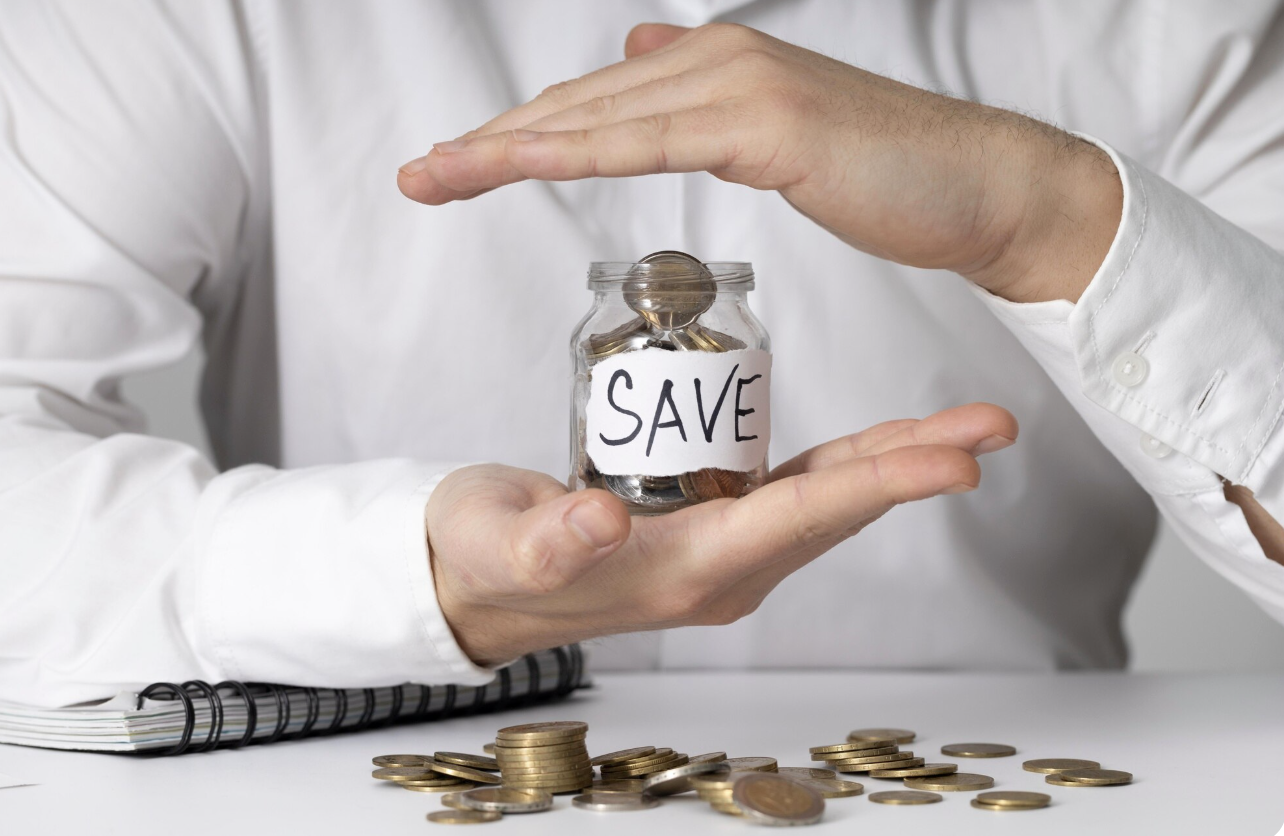
When a storm hits, the first thing people reach for isn’t their phone—it’s cash. Not a bank balance, not a debit card… actual money or resources they can use right now. Because in the first 72 hours of a crisis—whether it’s a blackout, cyberattack, flood, or sudden job freeze—banks might not be as “available” as we think.
Let’s talk about something that doesn’t usually make it into finance blogs or prepper guides: how to build a 72-hour emergency fund without using a bank at all.
Why 72 Hours Matter More Than 6 Months
We’ve all heard the “six-month emergency fund” advice. But the first three days after a disruption are where survival, comfort, and smart decisions are made.
When systems go down, ATMs stop working. Grocery stores can’t process cards. Even digital wallets freeze.
That’s why the smartest people prepare not just for the long-term—but for the first 72 hours of chaos.
Step 1: Think Beyond Cash
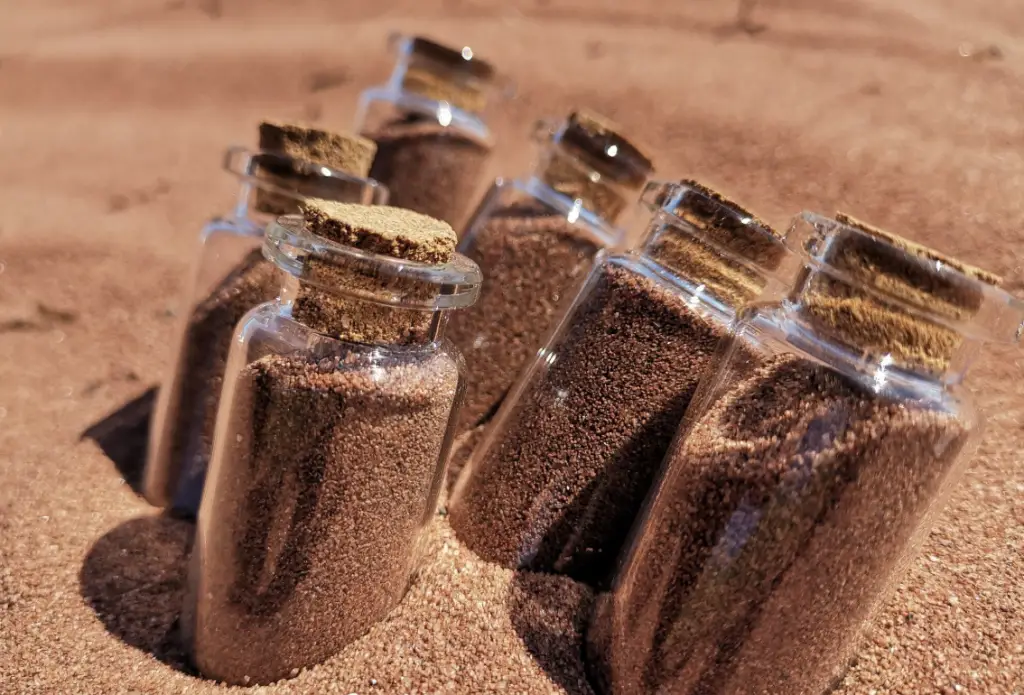
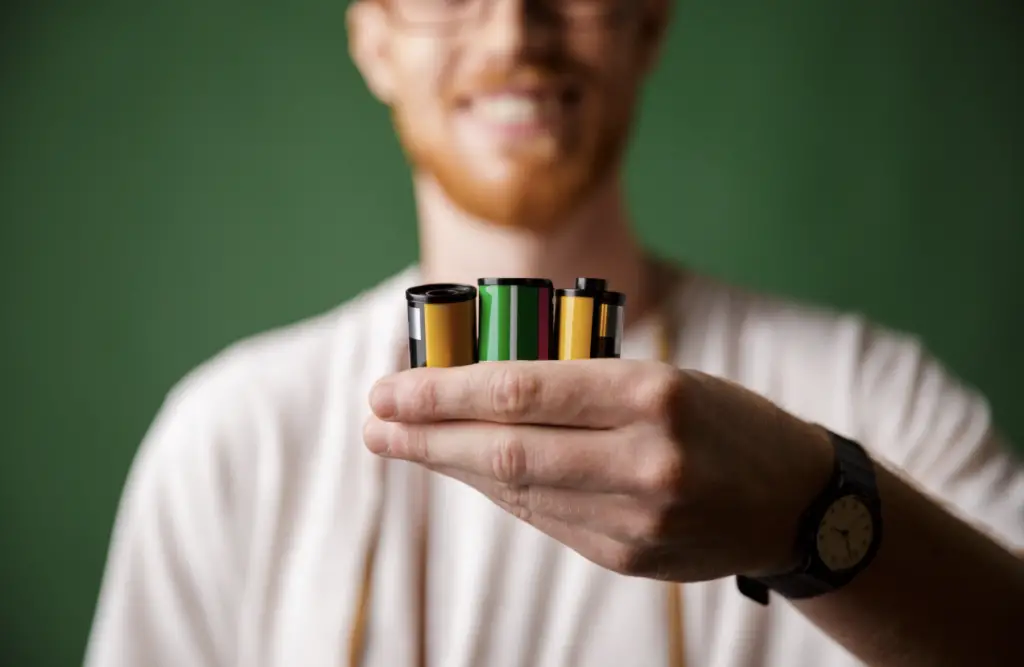
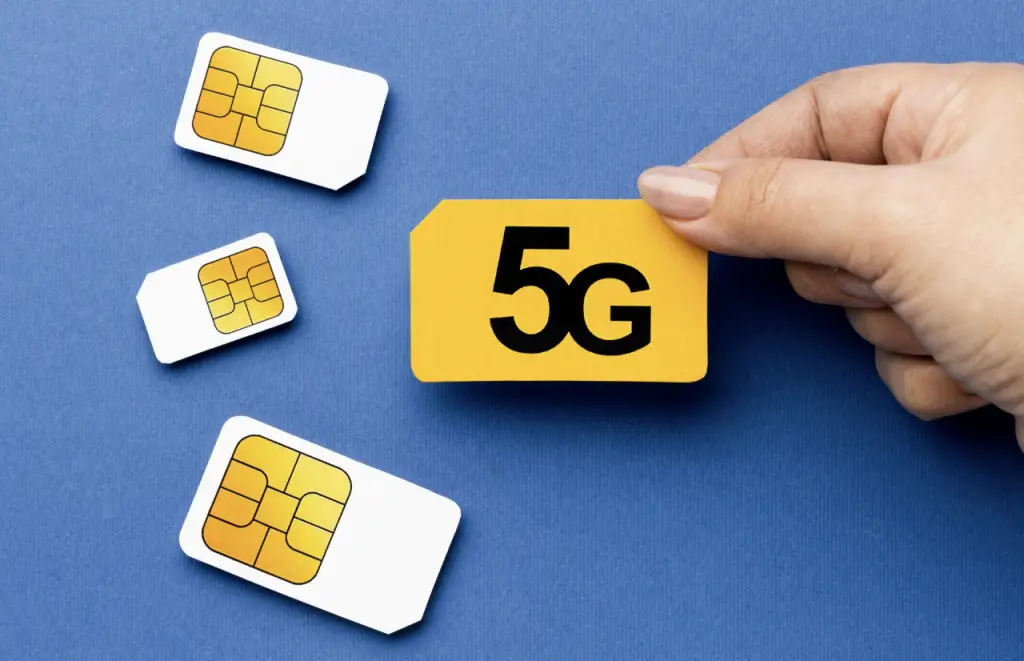
Cash is essential, yes—but it’s not the only currency that holds power in a short-term emergency. In fact, in the first 3 days, barter can work faster than banks.
Here’s what few people consider keeping in their “72-hour fund”:
- Small denominations ($5s, $10s, not $100s) for quick trades.
- Prepaid SIM cards or phone top-up vouchers—you’d be surprised how valuable communication becomes when Wi-Fi dies.
- Fuel vouchers or transport tokens—because mobility can mean safety.
- Tradeables: batteries, portable chargers, clean water pouches, or even instant coffee. (Yes, coffee becomes currency.)
This isn’t just a “cash stash.” It’s a micro-economy that helps you move, communicate, and trade when systems pause.
Step 2: Store It Like It’s Data

You wouldn’t keep all your digital files in one folder, right? Your 72-hour fund shouldn’t live in one place either.
- Keep a primary kit at home, in a weatherproof pouch or tin.
- Have a mini version in your vehicle or work bag.
- Store a sealed envelope with a trusted person (friend, family, or even in a hidden spot).
Here’s a trick most people never think of: wrap your cash and critical items in wax paper before storing them. It resists moisture better than plastic and doesn’t trap humidity. (You’re welcome.)
Step 3: Go Hybrid with “Offline Assets”
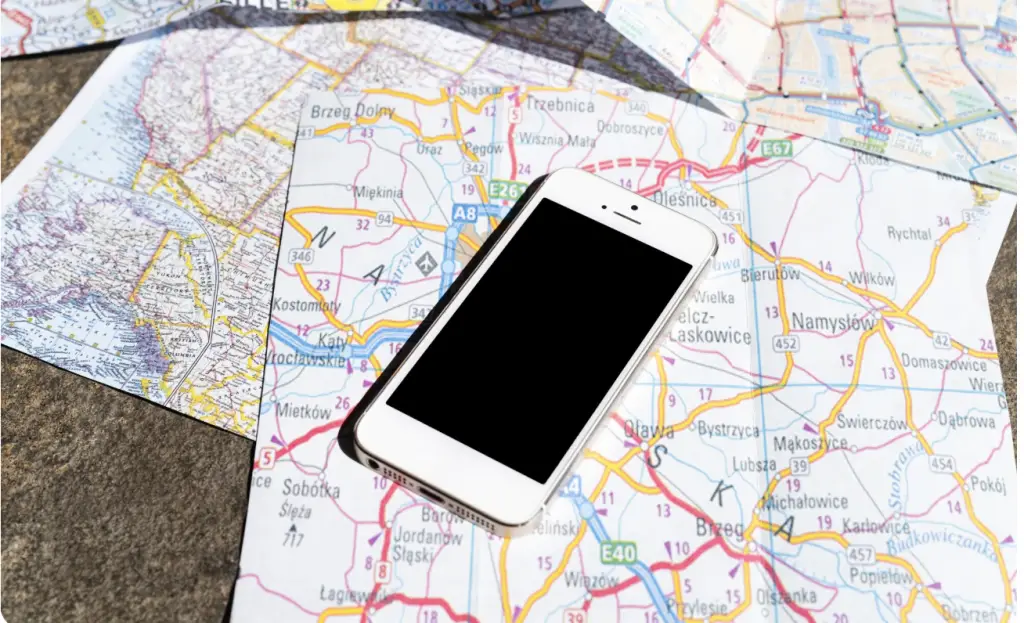
Your emergency fund doesn’t have to be entirely physical. Use hybrid thinking.
- Download offline maps and QR codes to crypto wallets or stored-value cards you control—not on exchanges, but offline cold storage.
- Keep digital copies of ID, health data, and insurance files on a small, encrypted flash drive (less than $10).
- Have a manual list of contacts and key addresses—because your phone might be useless if networks go dark.
This is where most people say, “I’ve never read such thing before.”
Because while everyone talks about saving, hardly anyone talks about accessing those savings when systems freeze.
Step 4: Test Your Fund (Without a Real Crisis)

Pick a weekend and go 72 hours pretending your digital world is gone. No cards. No UPI. No Google Pay. Just your 72-hour fund.
You’ll instantly see what’s missing—maybe candles, maybe more water, maybe something as simple as small change.
It’s not paranoia. It’s practice.
Step 5: Refresh Every 6 Months
Things expire—so do emergency funds.
Update cash denominations, recharge stored vouchers, rotate water pouches, and check your portable batteries.
Think of it like changing the batteries in your smoke detector—quietly life-saving.
The Conclusion
A 72-hour emergency fund isn’t about fear—it’s about function.
It’s the difference between waiting for help and having options. Between panic and preparedness.
You don’t need a banker to build it. Just foresight, a few smart swaps, and a little wax paper.
And when the world blinks for a moment—you’ll be one of the few who can still move, trade, and think clearly.




Leave a Reply